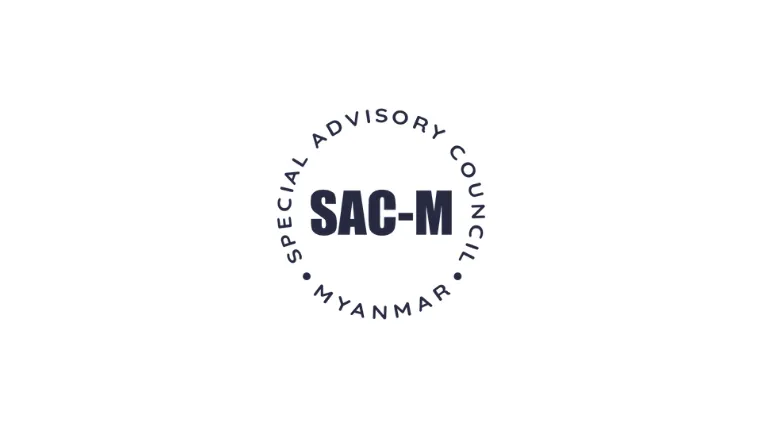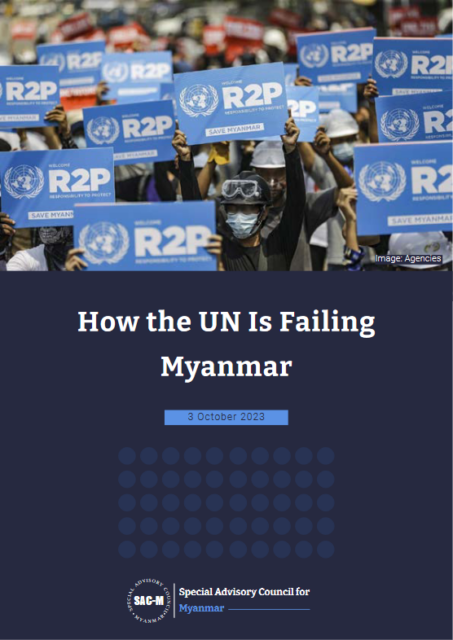How the UN Is Failing Myanmar
03 October 2023

Introduction
“The Secretary-General reaffirms the unwavering support of the United Nations to the people of Myanmar in their pursuit of democracy, peace, human rights and the rule of law.”
That statement was issued on 1 February 2021, the day that the Myanmar military attempted to re-take full power over Myanmar by launching a coup. People in Myanmar took to the streets soon after in mass demonstrations to protest the coup, despite the military’s notorious brutality. A powerful peaceful resistance to the coup quickly mobilised in the days and weeks that followed. Among the most striking images from this time were those of protestors, mostly young people full of hope, carrying signs calling on the international community to invoke the Responsibility to Protect, or “R2P”. The Responsibility to Protect populations against the atrocities of genocide, war crimes, crimes against humanity and ethnic cleansing is a commitment that was unanimously adopted by the United Nations (UN) in 2005. 2 Knowing what might lie ahead, thousands of people in Myanmar’s streets held
signs directed to the international community: “We Need R2P, We Want Democracy”, “Welcome R2P in Myanmar”, “We Need R2P, Save Myanmar” and “R2P, Prevent/Protect, End Impunity”. Their hopes would be betrayed. The Secretary-General’s promise would not be kept.
The military has besieged Myanmar’s people for two and a half years for resisting its attempt to seize power. The military junta’s systematic targeting of civilians and routine commission of atrocities during that time have displaced two million people inside the country and put up to 20 million people in need of humanitarian assistance. The junta has destroyed Myanmar’s infrastructure, institutions and economy and threatens the security of the region. Its attacks have escalated in 2023 and the UN is still failing to respond.
This paper by the Special Advisory Council for Myanmar (SAC-M) is written from the perspective of SAC-M’s members as former UN mandate holders on Myanmar before, during and after the atrocities committed by the Myanmar military against the Rohingya in Myanmar in 2016 and 2017. This paper also draws on SAC-M’s experience of having closely followed events in Myanmar, and the international response to those events, in an independent capacity since February 2021. The UN failed to mitigate the events of 2016-17, despite having massively scaled-up its presence in Myanmar in the preceding years. The same cycle of failure in Myanmar has been repeated across the UN system since the coup began. This paper identifies how the UN is failing in its response to Myanmar so that lessons can be learned and changes made.
Announcements
28 February 2025
Asian NGO Network on National Human Rights Institutions , CSO Working Group on Independent National Human Rights Institution (Burma/Myanmar)
Open letter: Removal of the membership of the dis-accredited Myanmar National Human Rights Commission from the Southeast Asia National Human Rights Institution Forum

Progressive Voice is a participatory rights-based policy research and advocacy organization rooted in civil society, that maintains strong networks and relationships with grassroots organizations and community-based organizations throughout Myanmar. It acts as a bridge to the international community and international policymakers by amplifying voices from the ground, and advocating for a rights-based policy narrative.
